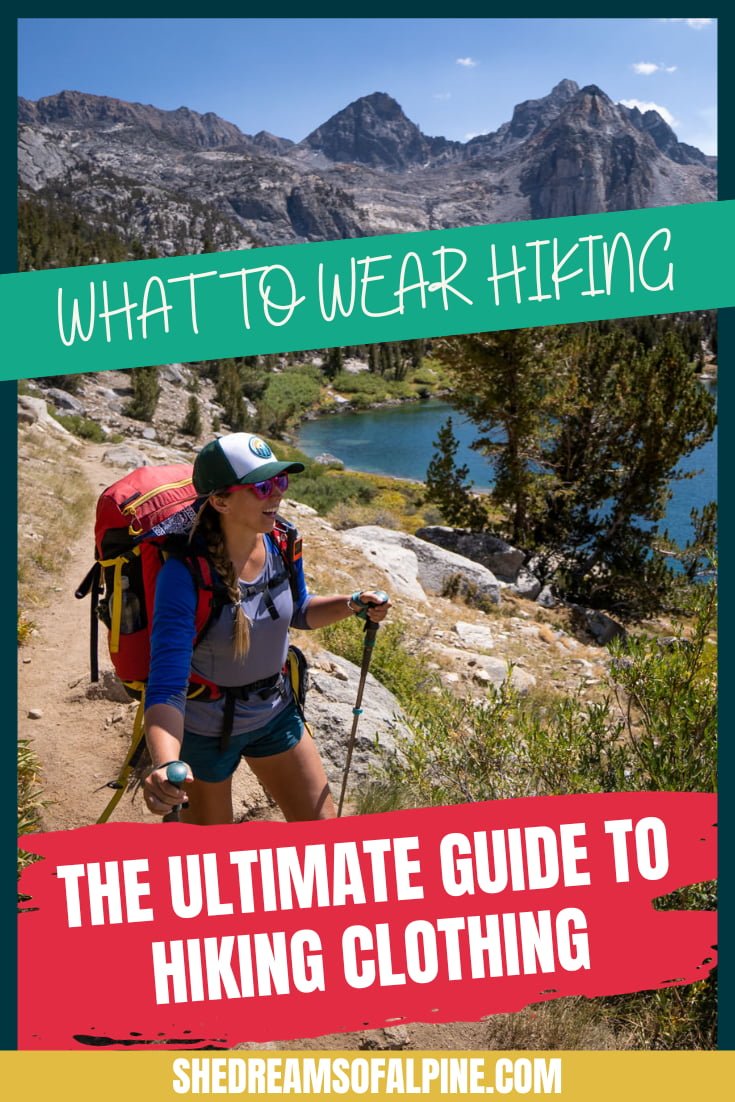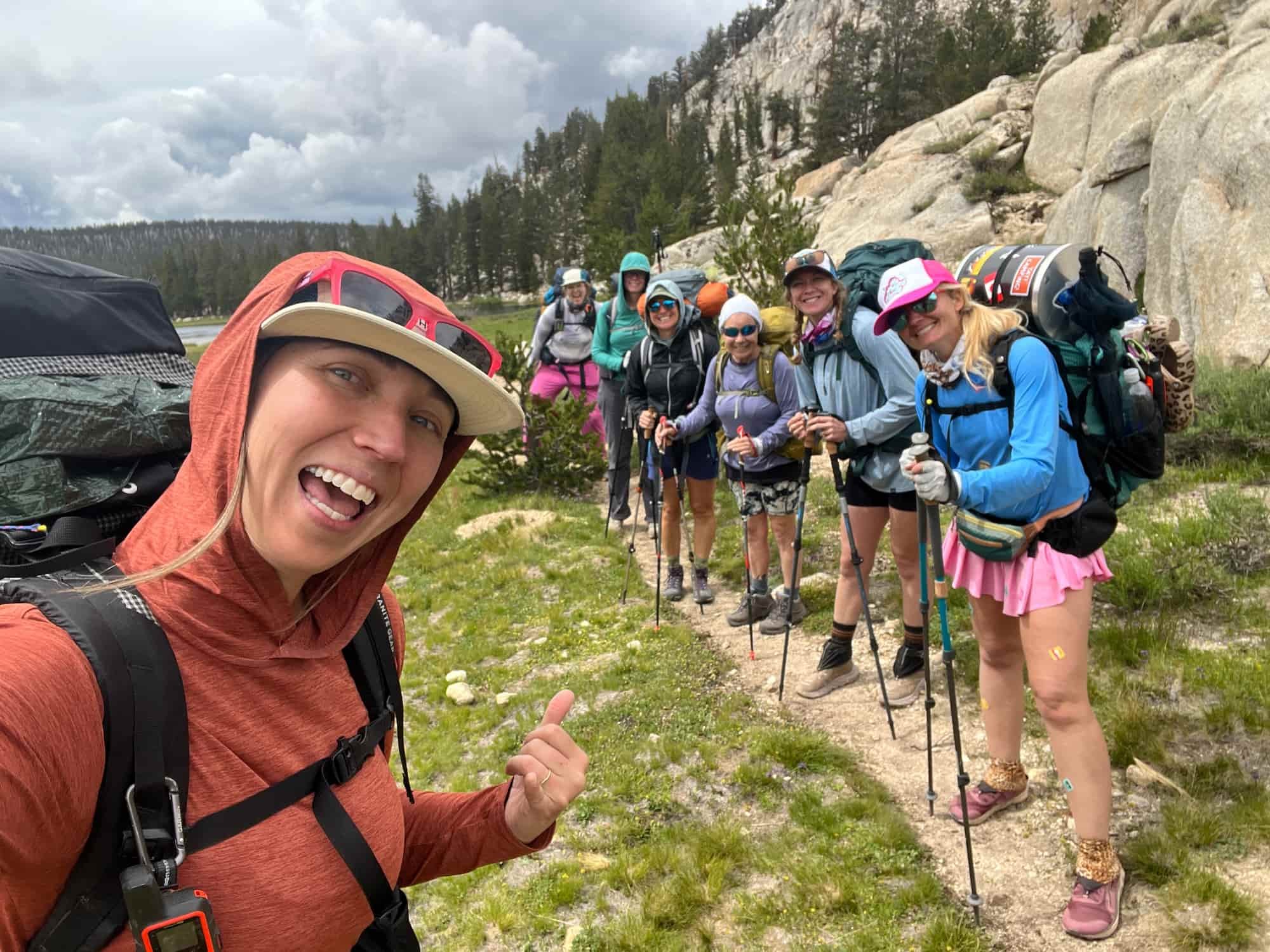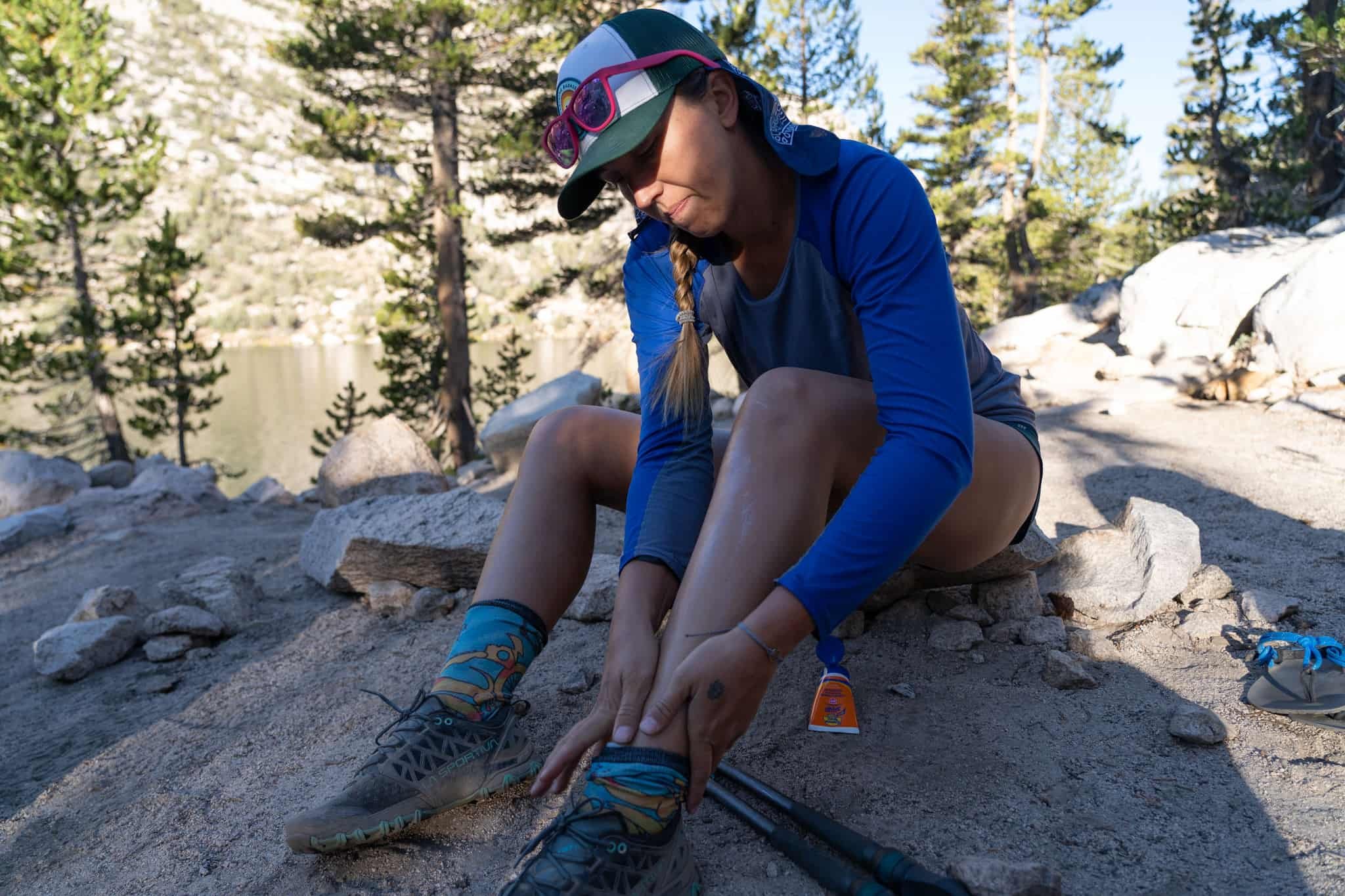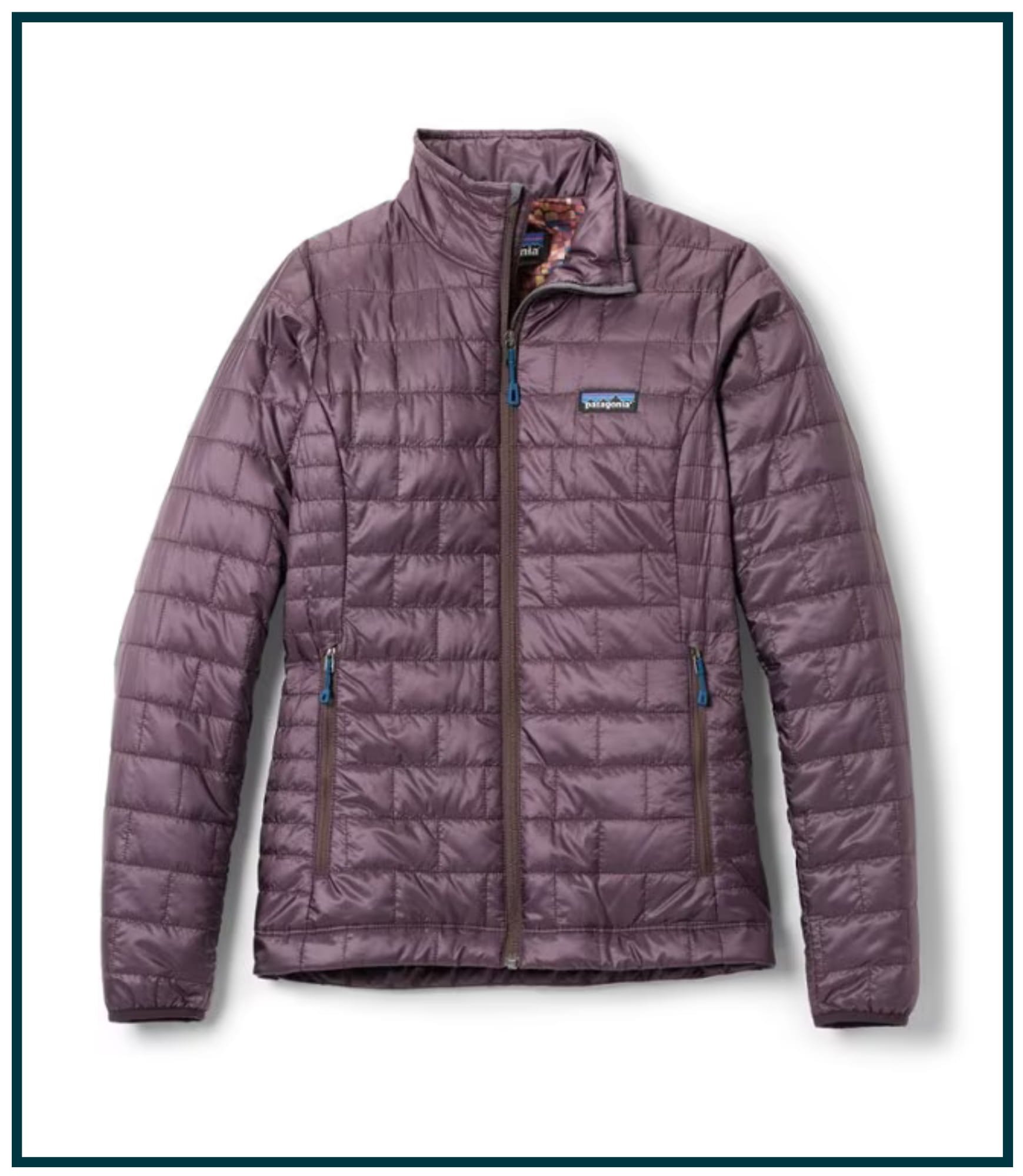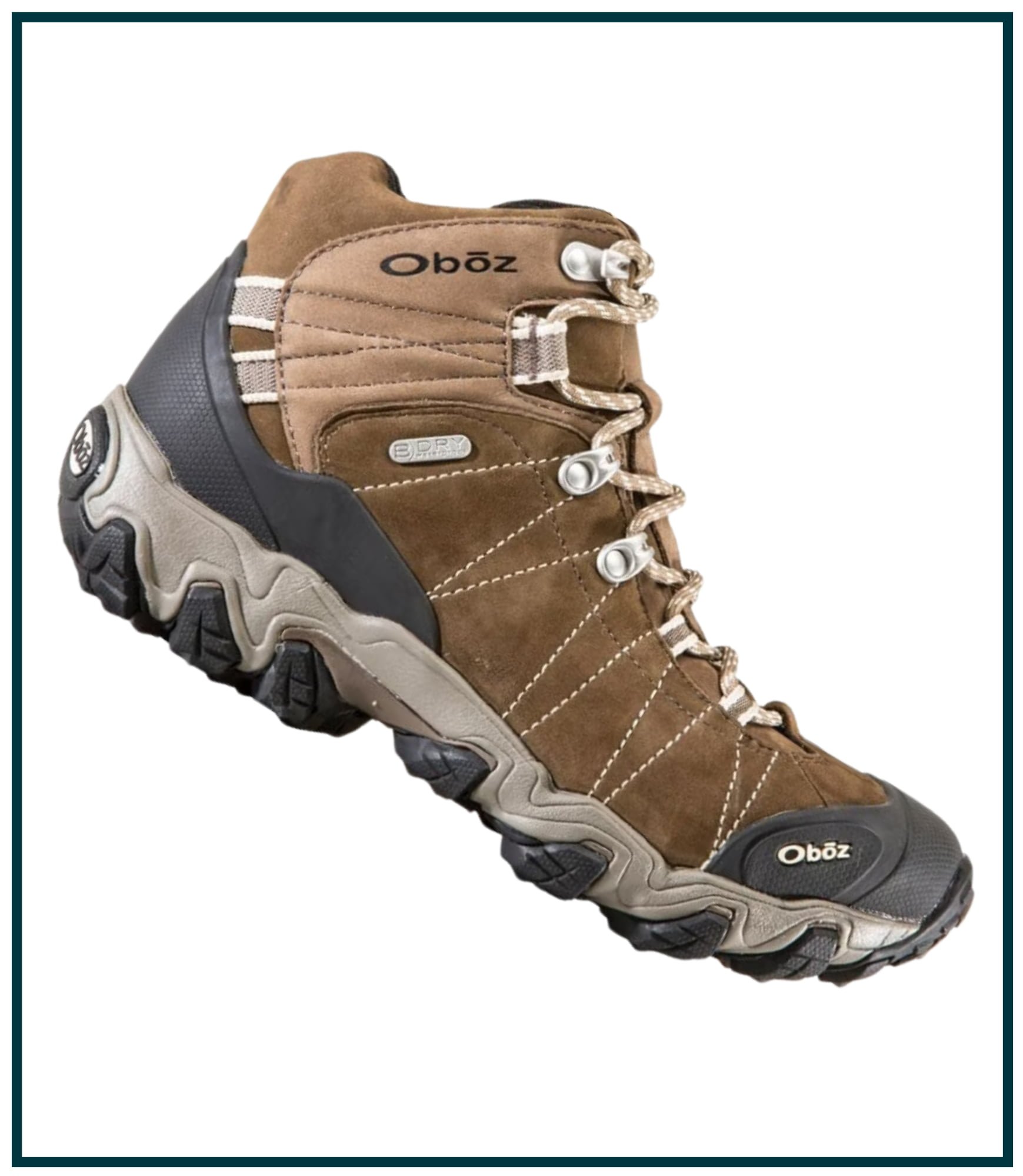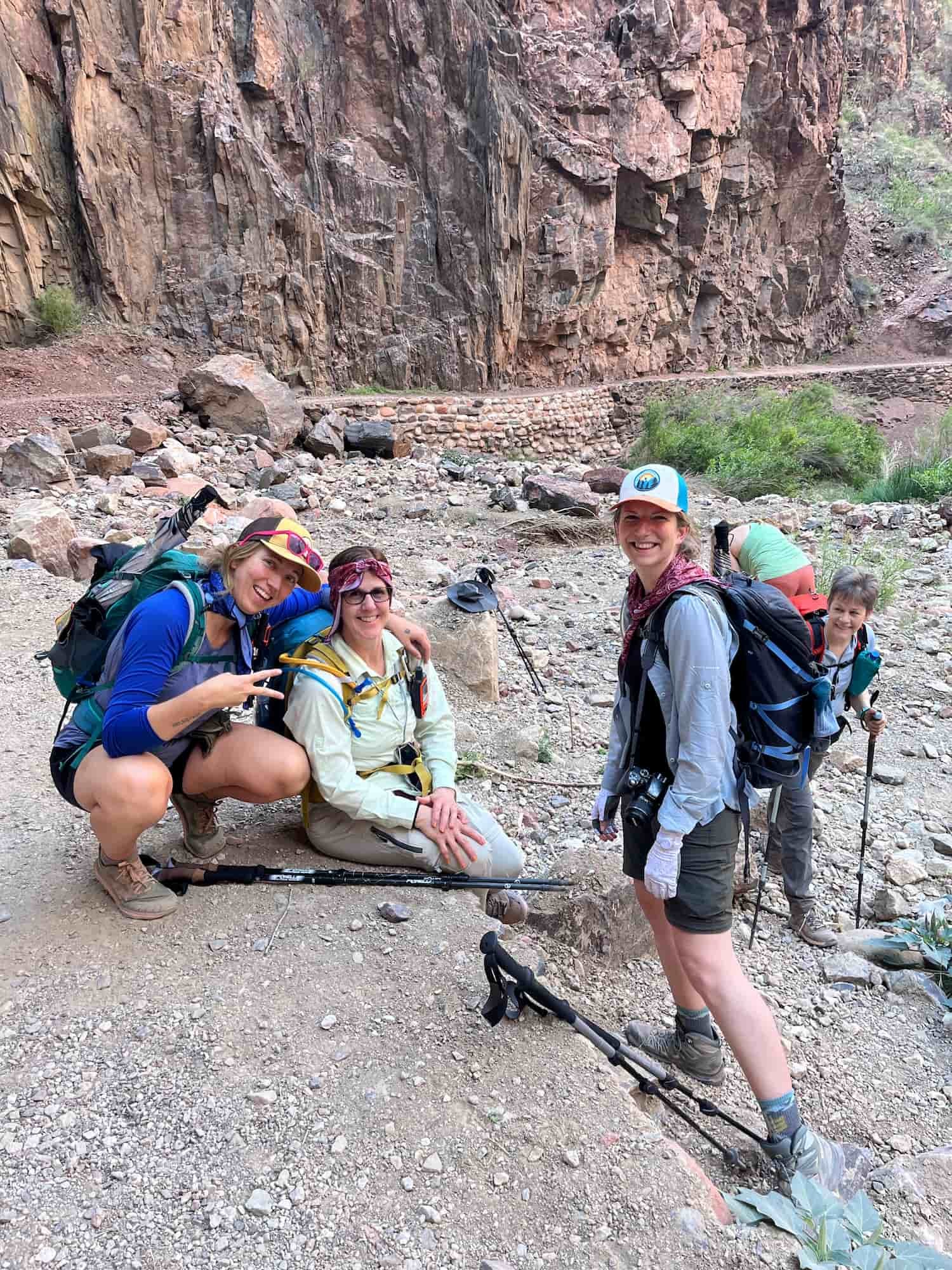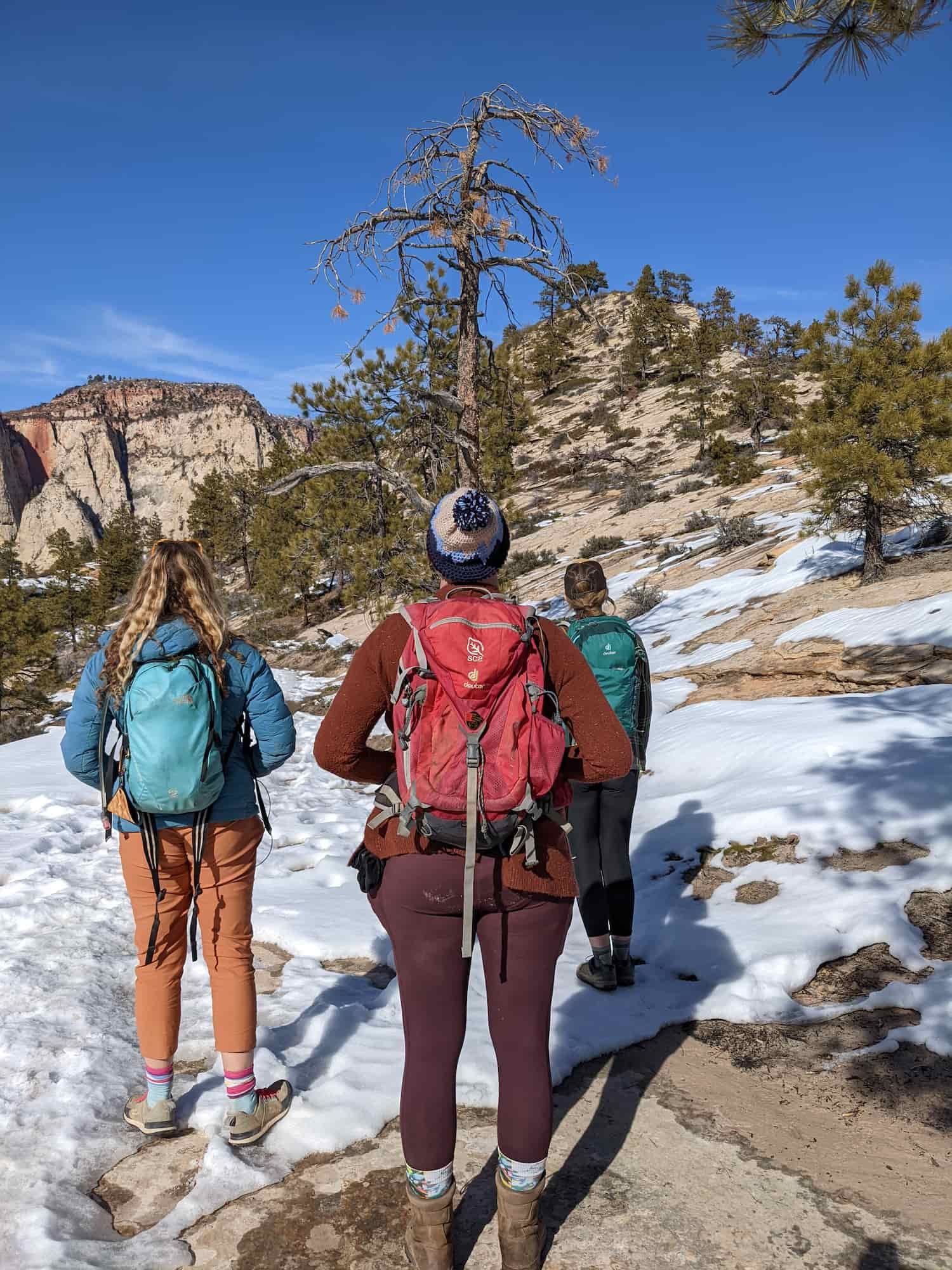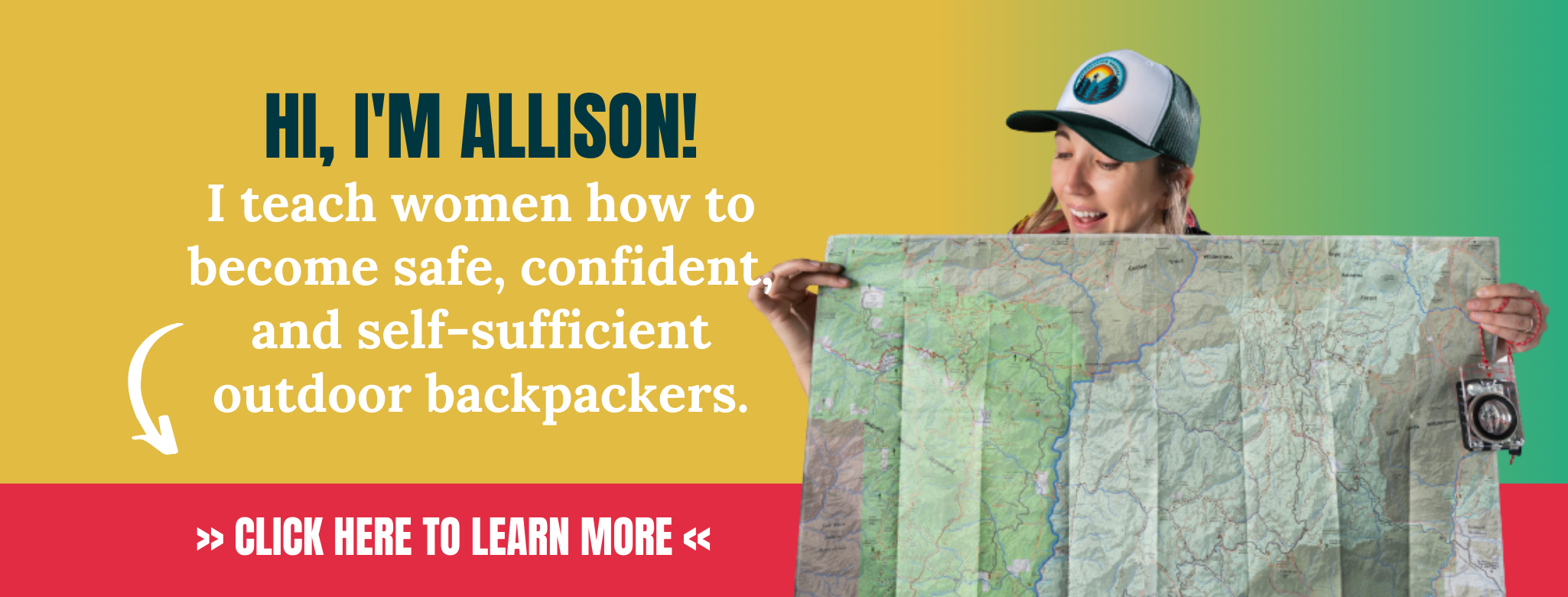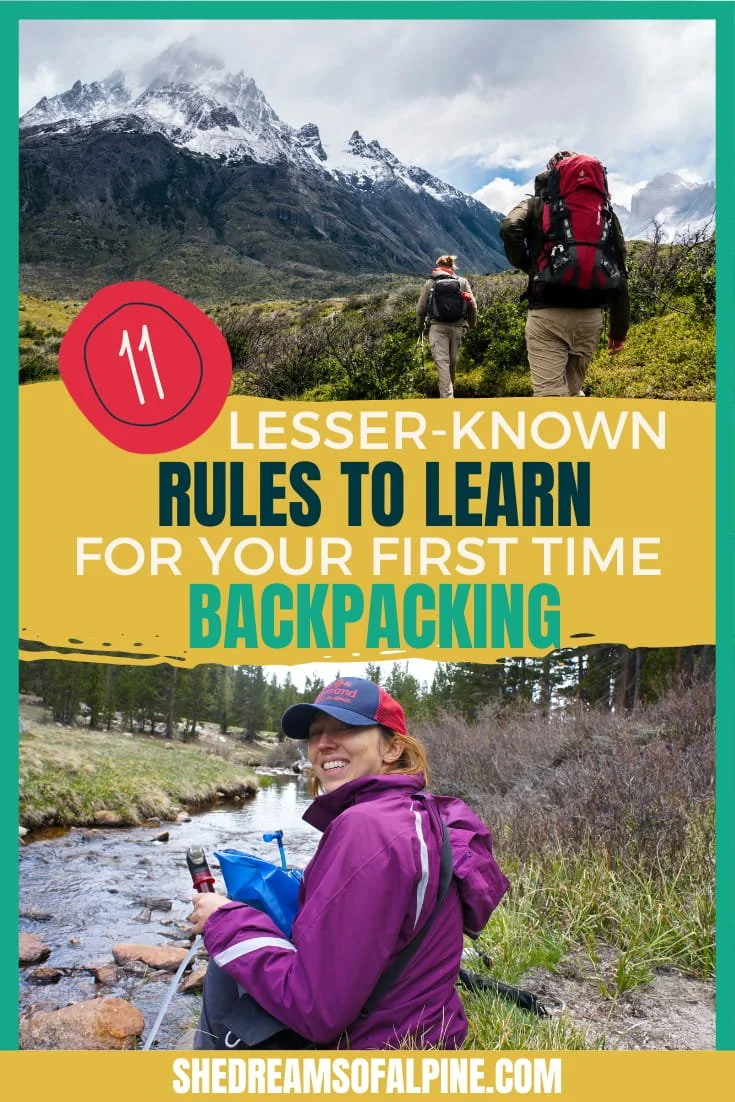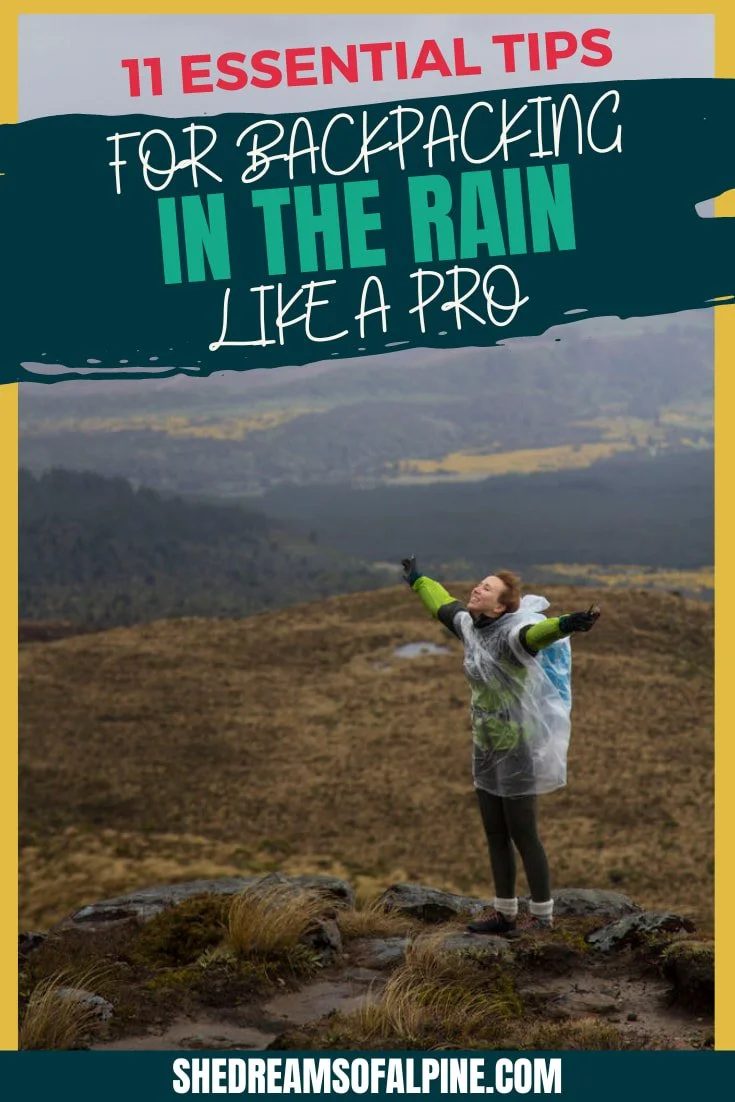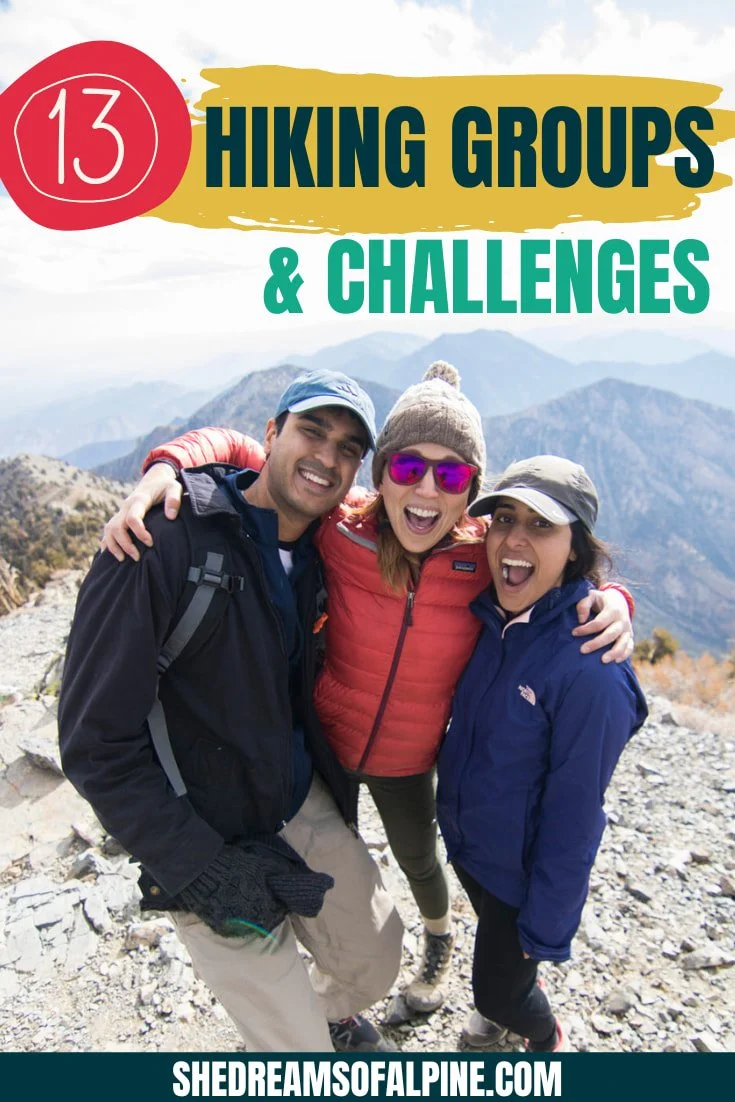What to Wear Hiking – The Ultimate Guide to the Best Hiking Clothes
Want to get into hiking but don’t know what to wear? Despite what you might see from some influencers and outdoor brands, you don’t need a bunch of specialized clothing to hit the trails. But there are important things to take into consideration when choosing what to wear hiking. This guide will help take the mystery out of hiking clothing, so you can hit the trail safely and in style.
WHAT TO WEAR HIKING
Getting started hiking doesn’t need to be overwhelming, and you can probably hit the trails with clothes you have in your closet before you invest in more technical gear. But to be both comfortable and safe on the trail, it is important to learn what to wear hiking – and what NOT to wear.
In this guide, I will help you learn the basics of choosing hiking clothing, how to layer properly, and share my favorite hiking clothing brands I trust and love for my own hiking wardrobe. We’ll also cover considerations for hiking clothes for summer and winter hiking clothes.
And if you’re just getting started building your hiking wardrobe, be sure to check out the benefits of REI membership to help you save money and try out hiking clothes thanks to their generous return policy.
Also, be sure to download my day hiking packing checklist below, so that you always have the essential hiking gear when you hit the trail!
HIKING PACKING CHECKLIST
So that you can hit the trails with peace of mind knowing that you didn’t leave anything essential behind!
HOW TO CHOOSE HIKING CLOTHING
When you’re choosing what to wear hiking – whether at a store or in your own closet – here are a few things to consider.
FABRIC
Some fabrics are definitely better for hiking than others. You usually want to look for fabric that is breathable and moisture-wicking to stay comfortable on the trail.
SYNTHETIC
Synthetic fabrics include nylon and polyester, and these fabrics are especially good for hiking since they are moisture-wicking and quick-drying. Synthetic fabrics are also usually more affordable options when you’re starting to build your hiking wardrobe.
A downside of synthetic fabrics is that they tend to retain odors. While this might not be too much of a concern for day hikes, on a longer backpacking trip, this means your synthetic clothes could get a little stinky.
WOOL
Wool is a great natural fabric for hiking clothing. Merino wool in particular is soft, comfortable, and breathable. It’s also much more odor-resistant than synthetic fabrics, so it’s a good choice for longer backpacking trips.
Hiking clothing made from merino wool tends to be pretty pricey, but it’s worth the investment if it fits in your budget.
COTTON
Cotton is not generally recommended for hiking – in fact, there’s a common saying that “cotton kills.” This is because cotton absorbs moisture (from sweat or rain), and the wet fabric can be dangerous in the cold.
If you’re just going on a short day hike in moderate temps, you’ll probably be fine in a cotton shirt. But for longer hikes or hikes in cold or wet conditions, it’s best to avoid cotton and choose another fabric.
DURABILITY
Being out on the trail can be rough on your clothes. From tree branches to cactus to rocks, it’s easy to snag, abrade, and wear holes in your clothes. So you can certainly do a day hike in a random pair of leggings from your closet, but if you plan to be hiking a lot, it’s smart to invest in hiking clothing that can stand up to some abuse.
SUSTAINABILITY
More and more outdoor clothing companies (including one of my favorite brands, Patagonia) are using recycled fabrics in their clothing. Plus, some brands will patch or repair your hiking clothing to keep it out of a landfill.
LAYERING CLOTHING FOR HIKING
The most important aspect of learning what to wear hiking is layering. Often on a hike, the weather at the trailhead will be very different from where you’re heading, especially if you’re summitting a peak. And even if you check the weather forecast ahead of time – which you always should! – it’s good to be prepared for unexpected conditions like cold, heat, or precipitation, just in case.
Here’s a basic introduction to the layers you might need when hiking. You won’t necessarily need each one of these layers every time you hit the trail, so we’ll go over when you want to use each layer when deciding what to wear when hiking.
BASE LAYERS
Base layers are your first layer of clothing closest to your skin. On top, this means a sports bra if you wear one and a shirt. In summer, this shirt might be a tank top or t-shirt, while in colder weather, this layer could be a long sleeve shirt or long underwear top.
On the bottom, the base layer includes underwear and either leggings, pants, or long underwear in colder conditions. In warmer weather, your shorts, leggings, or hiking pants will probably be your only layer on the bottom – besides underwear, of course!
>>> Be sure to check out our guides to the best hiking underwear for women and best hiking bras, too!
MID LAYERS
A mid layer is the next layer on top of your base layer. Typically, this will be something like a fleece or a lightweight down jacket. Your mid layer should be something easy to put on and remove to regulate your temperature as you hike.
Since you might need to take it off during your hike, you’ll want to choose something that will easily fit in your pack. Don’t go for anything too bulky for this layer.
OUTER LAYERS
An outer layer is usually a shell jacket to protect you from the elements like wind and rain. This could be a softshell windbreaker or a waterproof hardshell. Again, it is something that you will want to be able to fit in your pack, since you won’t always need it.
RAIN LAYERS
While your outer layer could function as a rain layer, you might also want to bring a separate rain layer, depending on conditions. An emergency poncho or thin rain jacket that you can just stuff in your pack might be all you need, just in case.
If you’re hiking in a very wet climate, like the Pacific Northwest, it might be worth getting rain pants as well for an outer layer.
HIKING FOOTWEAR
There are tons of options for hiking footwear, from trail runners to hiking boots to hiking sandals. I always say that the best hiking footwear for you really comes down to personal preference, since what works for one person’s foot won’t necessarily be good for someone else.
Some people need the support of a hiking boot for their ankles, while others prefer a lightweight hiking sneaker. Sandals come in handy for water crossings, and approach shoes with sticky rubber are great for rocky, scrambly trails.
SOCKS
Socks might seem like a small thing, but believe me, they can really make or break your hike. Your hiking socks are important in blister prevention, and wool socks are best for moisture-wicking. You really want to keep your feet dry, so I always recommend bringing a couple pairs of socks on longer hikes or backpacking trips, so you can switch them out for a fresh pair along the way.
HIKING CLOTHING ACCESSORIES
Don’t forget the accessories when thinking about what to wear hiking! Not for style (though hey, nothing wrong with looking cute), but for practical use.
HAT OR BEANIE
I usually wear a baseball cap when hiking to protect my head and keep the sun out of my eyes. In cooler weather, I switch it out for a beanie which will keep your head warm and cozy.
GLOVES
A light pair of gloves is a good idea to have on any hike where you think you might encounter colder temps. Touchscreen-compatible gloves are great so you can use your phone and GPS without having to take them off.
NECK GAITER
A neck gaiter (aka a buff) is a really nice piece of hiking clothing to have in colder weather. You can wear it low to provide extra warmth for your neck or pull it up over your mouth and nose when it’s really cold.
SUNGLASSES
Sunglasses are always important when you’re outside in bright conditions, no matter the season.
HIKING CLOTHING RECOMMENDATIONS
Even when you know about fabrics and layering, trying to choose what to wear hiking can still be overwhelming with all the hiking clothing out there. To help you pick from all the options, here I’m sharing with you my (and my team’s) favorite hiking clothing that we love wearing on the trail.
Note: The list below contains affiliate links.
BASE lAYER TOP
I love the Patagonia Capilene Cool tops for base layers. They are super breathable and come in short and long sleeve versions so you can choose your preference. I’m partial to the long sleeve for the extra sun protection.
MID LAYER TOP
My absolute favorite versatile mid layer is my beloved Patagonia Nano Puff. (Yes, you’ll notice I really love the brand Patagonia.) It’s breathable, lightweight, and packs down easily to stuff in your pack. Plus, it lasts forever if you patch up any small tears.
The Patagonia Down Sweater is my go-to choice in colder weather where I want a thicker puffy.
OUTER LAYER TOP
For a softshell outer layer, Team Alpine’s content manager Kate swears by her Rab Upslope jacket. It’s stretchy, breathable, and has excellent pockets (not to mention, the sleeves are long enough if you’re tall).
While the Upslope is discontinued, the Rab Kinetic 2.0 would be a good similar softshell.
RAIN JACKET
For a rain jacket, you can go for something small and light if you don’t hike in the rain a lot, or get a waterproof hardshell if you live in an especially rainy climate. I like the Patagonia Houdini for a packable, just-in-case rain layer, while the Patagonia Torrentshell is an awesome heavy-duty option.
And if I’m not bringing a rain layer, I still always keep an emergency poncho in my pack, because you never know!
HIKING PANTS/SHORTS
A durable, breathable pair of hiking pants will keep you comfortable on the trail. Columbia makes quality hiking pants, and if you prefer shorts, our content manager Kate practically lives in her Columbia hiking shorts in the summer.
HIKING UNDERWEAR
BRANWYN underwear has become the go-to outdoor underwear lots of women swear by on the trail! Our social media manager Kellie is in love with her BRANWYN hipsters underwear because “they don't ride up my big hiking peach, they are soft and comfortable, and merino wool does wonders for moisture wicking.”
(And get 10% off your first order with code SHEDREAMS10)
HIKING BOOTS/SHOES
You might be surprised to know that I don’t feel particularly passionate about a particular brand of hiking boots or hiking shoes. When I’m on the trail, I either wear my Ahnu hiking boots (which I love, but are sadly discontinued), my 5.10 Guide Tennies (better for technical trips and also discontinued), or my trail running shoes.
Oboz makes boots similar to my Ahnus, and our content manager Kate can vouch for them. But really, you just need to find a boot that works for your feet and that doesn’t give you a lot of hot spots. And if your ankles are prone to rolling, you’ll probably want to go for a boot with ankle support instead of a hiking shoe or trail runner.
SOCKS
Socks are so important, and I swear by Darn Tough hiking socks. They’re comfy and last forever (and even have a lifetime guarantee). Smart Wool also makes quality hiking socks.
GLOVES
Gloves are always handy (haha!) to have in case it gets chilly. Outdoor Research makes some good thin gloves that are touchscreen-compatible so you can still use your phone and GPS while wearing them.
HAT
I almost always wear a hat while hiking to keep the sun out of my face (and cover up my backcountry hair situation). Prana makes some fun trucker hats with the mesh backs for ventilation.
BEANIE
In the winter, a beanie is my choice of headwear to stay cozy and warm. Kavu makes some super cool outdoor beanies –with a pom-pom for extra fun!
NECK GAITER
A neck gaiter is small and easy to carry but so useful to protect your neck and face from the chill. Buff obviously makes excellent ones, and you can choose from a huge variety of patterns to fit your vibe.
SUNGLASSES
Sunglasses are essential to wear when hiking, and my faves are definitely Goodr sunglasses. They stay in place when you’re sweaty, and they have so many fun styles. Plus, they’re surprisingly cheap!
GRAB MY [FREE] OUTDOOR BACKPACKER STARTER KIT
I created the Ultimate Outdoor Backpacker Starter Kit for you (and it's FREE)! This starter kit is filled with 14 pages of my best hiking and backpacking tips to help you learn what it takes to become a safe, confident, and self-sufficient outdoor backpacker!
HIKING CLOTHES FOR SUMMER
When you’re hiking in the heat of the summer, there are a few more things to take into consideration to stay cool and protected from the sun.
SHORTS OR CONVERTIBLE PANTS
Instead of long pants, hiking clothes for summer might include shorts or convertible pants. If you’re just doing a quick day hike that you know will be in hot temps with little shade, shorts would be a good choice.
But if you’re on a longer hike or a trail with a big change in elevation or climate, convertible pants, where you can zip the bottoms off to turn them into shorts, might be ideal. Who cares if they’re a little nerdy – convertible pants can be very convenient!
SUN HOODY
Another staple of hiking clothes for summer is a sun hoody. Although it might seem counterintuitive to add a long sleeve layer in the heat, sun hoodies are super lightweight and extremely breathable. And they can really protect you when the sun is beating down relentlessly.
THIN SOCKS
While I still recommend wool socks, in the summer, you’ll want to switch out your thicker pairs for something thinner. They’ll keep your feet from sweating too much and dry much faster, too.
WINTER HIKING CLOTHES
Of course, winter hiking requires dressing a little differently, too. You need to make sure your winter hiking clothes will keep you warm enough in colder conditions.
MORE LAYERS
The first thing to think about when choosing what to wear hiking in winter is more layers. Winter hiking is the time to make sure you have plenty of layers, since you need to balance staying warm with overheating while you’re moving. Layers are key here!
LONG UNDERWEAR
BALACLAVA
In the winter, you can upgrade your neck gaiter to a balaclava, which fully covers your head. If you have a jacket with a warm hood or beanie, you might not need this, but it’s really nice in especially cold climates.
GLOVES WITH LINERS
WHAT NOT TO WEAR HIKING
Now that you know what to wear hiking, it’s also important to note a few things NOT to wear hiking.
COTTON
As mentioned before, cotton is not great for hiking. While you’ll probably be fine in a cotton tank top or t-shirt on a short day hike, it’s usually better to choose another fabric – especially for longer hikes or backpacking trips.
If you didn’t know, denim is actually made of cotton, so jeans are generally a bad choice for hiking. They are not breathable or moisture-wicking, and if they get wet, they won’t dry quickly at all.
NOT ENOUGH LAYERS
Another thing not to wear hiking is too few layers. Layering is truly the key to hiking clothing because it helps you regulate your temperature as conditions change. If you don’t have any – or not enough – layers, it’s going to be a struggle to stay comfortable on the trail.
INAPPROPRIATE FOOTWEAR
Finally, make sure you don’t wear the wrong footwear for hiking. You’ll be miserable if your shoes don’t fit properly and give you blisters.
Also, while hiking sandals might be appropriate on some trails (especially ones with lots of water crossings), on most trails, you’ll be much happier with hiking shoes or boots that protect your toes.
And make sure whatever hiking footwear you choose has good traction, so you feel confident on steeper slopes and rocky terrain.
Hope this helps you as you put together your wardrobe of hiking clothes! What’s your favorite piece of hiking clothing in your closet? Let us know in the comments below!
LOOKING FOR OTHER ClOTHING & GEAR RECOMMENDATIONS?
Check out these other guides to find the best hiking gear & clothing!
Cheers,
Allison - She Dreams of Alpine

